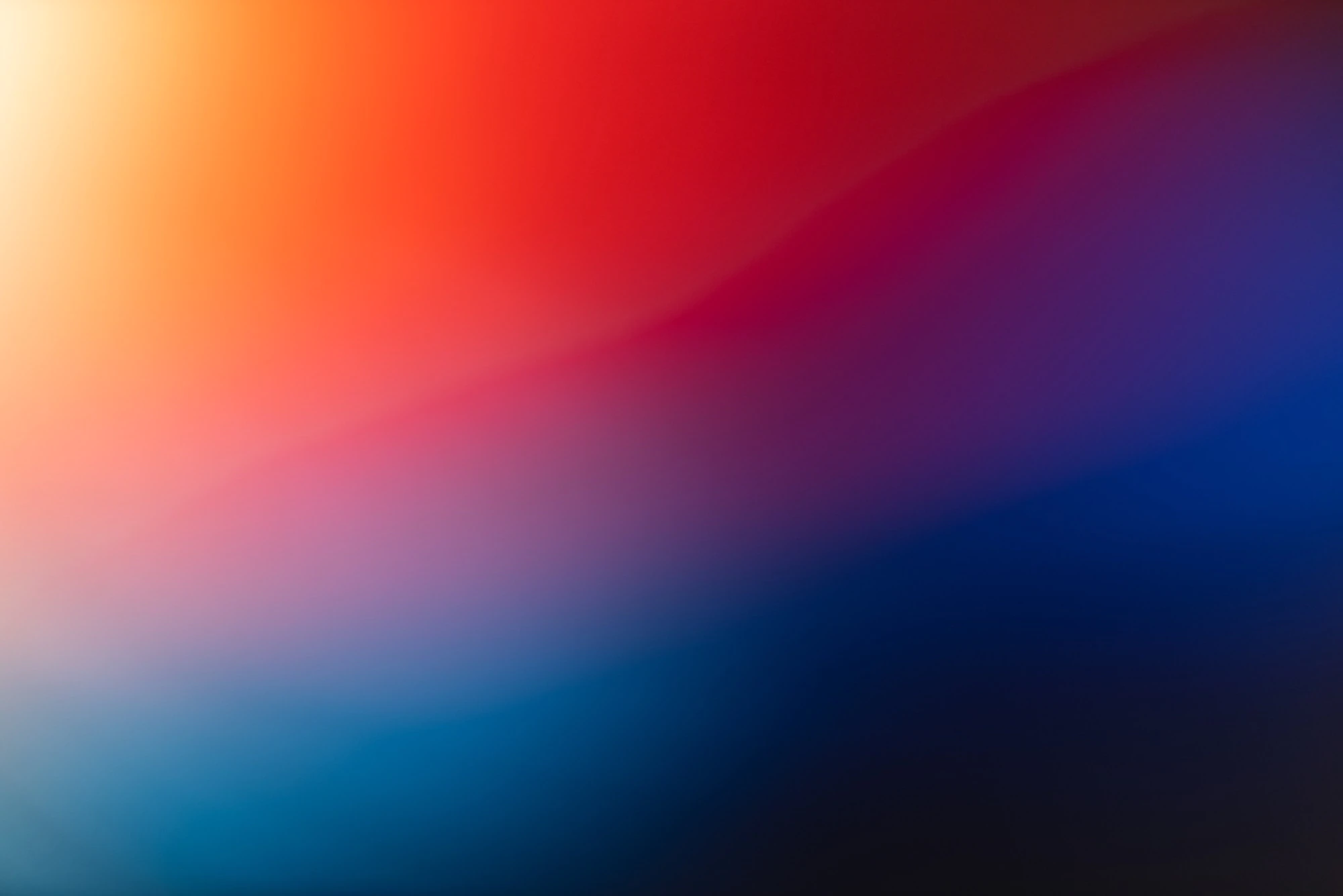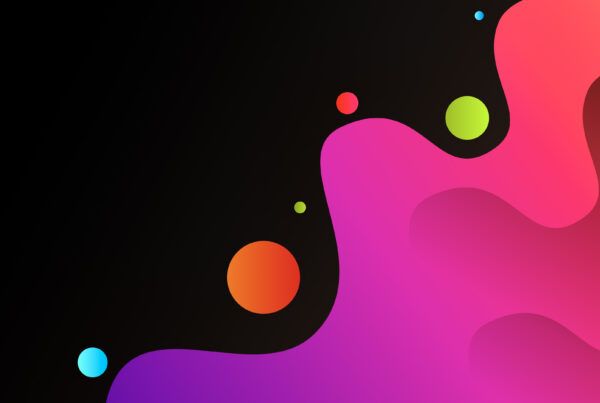Introduction to Publishing an iPhone App: Navigating the Complexities and Variations
Are you a beginner eager to bring your iPhone app idea to life? Then, you might have faced the challenge of figuring out where to start and how to navigate the complexities of publishing an app to the App Store and Google Play. Fear not, this blog post will guide you through the ins and outs of app creation, from coding languages, research, and technical considerations, to the actual publishing process. Get ready to tackle the intricacies of app publishing and take your first step towards realising your app vision!
Table of Contents
 What Coding languages are Needed?
What Coding languages are Needed?
When it comes to developing an iPhone app, there are two main coding languages to choose from: Swift and Objective-C. Swift is a newer, more user-friendly language that has quickly become the preferred choice for many app developers. Objective-C, on the other hand, is an older language that was popular in the early days of app development, but has since been overtaken by Swift in terms of usage and popularity.
 Researching your App
Researching your App
Before embarking on the creation of your iPhone app, it’s imperative to study similar apps already available on the App Store and Google Play. This will give you a clear understanding of what users are looking for in terms of features and functionality, as well as highlight any gaps in the market you can fill. Additionally, familiarising yourself with commonly used design principles and user interface elements in the app stores will ensure that your app meets the industry standards.
Conducting thorough research is an essential part of the app creation and publishing process. By researching comparable apps on the App Store and Google Play, you can determine the features and functionality users desire, and identify areas of the market you can capitalise on. Furthermore, researching design principles and user interface elements in the app stores will help you create an app that conforms to the accepted norms.
Google Trends is a highly useful tool that can be employed to aid your research. This free resource allows you to monitor how frequently a particular search term is entered into Google over time. By using Google Trends, you can track the popularity of your app’s target keywords and compare the popularity of various related keywords. This will give you a better understanding of what people are searching for and identify any gaps in the market that you can fill with your app.
For instance, you can utilise Google Trends to research the popularity of keywords related to your app’s niche. This will help you determine which keywords are currently in vogue and which ones have consistently been popular over time. Additionally, Google Trends can be used to compare the popularity of different keywords and highlight any market gaps you can exploit with your app.
Google Trends is also beneficial for identifying the regions and countries where your app is most likely to be well received. By understanding the market, you can effectively target your app’s marketing efforts and reach your desired audience.
In conclusion, researching your app is crucial for its success. Understanding the market will allow you to create an app that meets user needs and fills gaps in the market. Utilising Google Trends will provide you with valuable market insights, allowing you to make informed decisions and create an app that is more likely to succeed.
 Technical considerations
Technical considerations
When developing your app, it’s essential to bear in mind several technical factors. One of the primary considerations is to ensure that your app is responsive and functions smoothly across a range of devices and screen sizes. Another important aspect is to optimise your app for performance and speed, which can include measures like reducing the size of images and media, and limiting the use of intricate animations and transitions.
Publishing your iPhone app
Once you’ve completed the development of your app, you’ll need to submit it to the App Store for review. The review process can take several days, and during this time, Apple will review your app to ensure that it meets their guidelines. Once your app has been approved, it will be available for download on the App Store.
Publishing to Google Play
To publish your app on Google Play, you’ll need to sign up for a developer account and submit your app for review. The review process for Google Play is similar to that of the App Store, and it can take several days for your app to be approved. Once approved, your app will be available for download on Google Play.
Converting your iPhone app for Android
Converting an iPhone app to an Android app requires technical expertise and a thorough understanding of the differences between the two platforms. One key aspect to keep in mind is the difference in coding languages, as iOS apps are typically built with Swift or Objective-C, while Android apps are built with Java or Kotlin.
It’s also important to ensure that the user interface of the app is tailored to the design principles of Android, as the two platforms have different expectations for how an app should look and function. This means that you may need to make changes to elements such as layouts, navigation, and visual design to ensure a seamless experience for Android users.
Overall, converting an iPhone app to an Android app is a significant undertaking that requires a comprehensive understanding of both platforms and a high level of technical skill. However, with the right approach, it can help you reach a new and potentially untapped audience and expand the reach of your app.
 What are the costs to publish an app?
What are the costs to publish an app?
When it comes to publishing your app on either the App Store for iOS or Google Play for Android, there are certain costs involved. To publish an iPhone app on the App Store, you need to enroll in the Apple Developer Program, which requires a one-time fee of $99 per year. This fee provides you with access to the tools and resources needed to develop and publish your app, as well as access to the App Store. Once your app is published, Apple takes a 30% commission on all app sales and in-app purchases.
For publishing an Android app on Google Play, the process is similar. You must sign up for a developer account and pay a one-time fee of $25. Google takes a 30% commission on all app sales and in-app purchases once your app is published.
It’s important to keep in mind that these fees may change and that there may be additional costs associated with developing your app, such as hiring a developer or designer. If you plan to offer in-app purchases or subscriptions, there may also be fees for using certain features or services.
It’s worth noting that there are other app stores available for Android apps, such as the Amazon Appstore and Samsung Galaxy Store, each of which have different policies and fees. When considering publishing your app, it’s important to take into account all of these costs and budget accordingly.
Conclusion
Creating and publishing an iPhone app is a complex process that requires a combination of technical knowledge, research, and attention to detail. However, with the right approach, you can simplify the process and increase the chances of success.
In this guide, we’ve covered the key steps involved in creating and publishing an iPhone app, including the importance of researching your app, the technical considerations to keep in mind, and the costs involved in publishing to the App Store and Google Play. We’ve also discussed the process of converting your iPhone app to an Android app, which may require changes to the code and design to meet the standards of the Google Play Store.
By following these steps and guidelines, you’ll have a better understanding of what it takes to create and publish a successful app. Remember, the process can be challenging, but with the right resources and a clear strategy, you can make your app dream a reality.

 What Coding languages are Needed?
What Coding languages are Needed? Researching your App
Researching your App Technical considerations
Technical considerations What are the costs to publish an app?
What are the costs to publish an app?
